Boeing
Latest
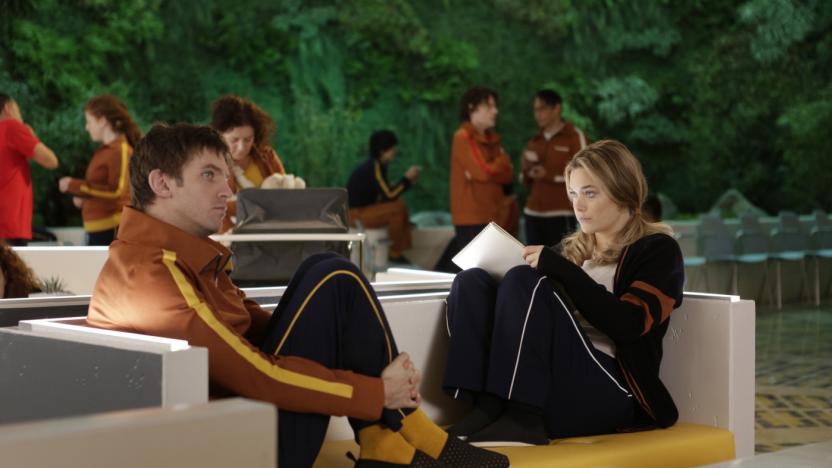
Recommended Reading: The story of 'Legion,' Marvel's latest TV show
Marvel's 'Legion,' explained Eric Watson, Polygon Marvel's latest TV series debuted on FX this week, and if you're a little lost on the backstory or just need a quick refresher, Polygon is here to help. The gaming news outlet posted a primer on Legion this week that offers a look at the most recent comic to make the leap to the small screen. If you're looking for a review of the show, The Atlantic has you covered there.

Boeing's Starliner space taxi will have over 600 3D-printed parts
Boeing may have pushed the Starliner's first trip to the ISS back to 2018, but we're sure to get more details about the space taxi between now and then. Reuters reports the spacecraft will pack more than 600 3D-printed parts thanks to Boeing's recent deal with Oxford Performance Materials. Printed with a plastic called PEKK, the parts are expected to perform well under the stress of spaceflight and extreme temperatures.

ICYMI: Boeing's swanky new space suits and 3D-printable skin
Today on In Case You Missed It: Boeing debuted its next-generation flight suit that astronauts will be wearing aboard its Starliner CST-100 when the spacecraft takes off in 2018. They're cooler, lighter and far more fashionable than the ones US Shuttle crews had to wear into space. Plus, who doesn't want to look like Benny the blue LEGO space guy? That's not all, a team of Spanish researchers have announced that they can now "print" human skin from their prototype 3D bioprinter. Simple culture some cells, feed them into the printer and this thing will spit out functional human skin. If only this technology were around in 1990, Liam Neeson wouldn't have had to go and kill all those folks who burned him alive. And finally, we got your TL;DR right here, folks. As always, please share any interesting tech or science videos you find by using the #ICYMI hashtag on Twitter for @mskerryd.

Boeing's spacesuit is light, cool and flexible
Virgin isn't the only company determined to make conventional spacesuits seem like ungainly beasts. Boeing has unveiled the spacesuit it wants to use for people aboard its Starliner CST-100 vessels, and they promise to be far more livable than the clunky spacewear you've seen before. It's roughly 40 percent lighter than previous suits, with layers that should keep astronauts cooler than usual. Wearers also won't feel quite so trapped or claustrophobic -- zippers help them transition from sitting to standing, and there's a wide plastic visor that should improve peripheral vision.

NASA may rely on Russian shuttles for ISS missions until 2019
NASA is considering buying seats aboard the Soyuz spacecraft for 2019, according to a solicitation it filed recently. The agency originally wanted to end its dependence on Russia's Soyuz spacecraft this year, but SpaceX and Boeing aren't quite ready to take astronauts to the ISS. Boeing had to push back its first manned flight to the space station to December 2018 or later due to a design flaw with the Starliner. SpaceX also had to delay its plans after a Falcon 9 exploded on the launch pad last year. While both companies could very well be able to stick to their new timelines, NASA could be eyeing the purchase as an insurance in case of additional delays. Besides, seats on the Soyuz keep getting more expensive every year.
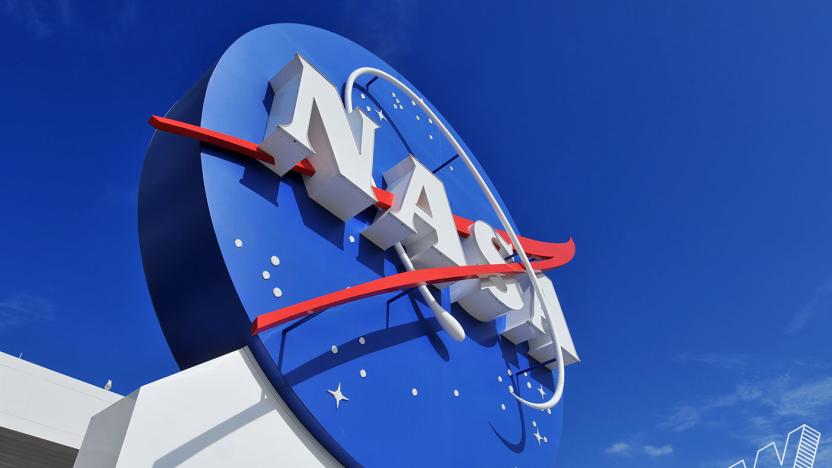
NASA dominated space and social media in 2016
"We all have a thirst for wonder," American astronomer Carl Sagan wrote in his sci-fi novel Contact. "It's a deeply human quality." And it's partly thanks to this "thirst" that NASA had the space game on lock this year, even though it doesn't have access to as much money as it used to. The agency stepped into 2016 armed with $19.3 billion in government funding. Yes, that's almost a $1 billion more than what the administration originally asked for, but it's also significantly lower than NASA's budget in previous years, when adjusted for inflation.

SpaceX delays first manned Dragon capsule launch until 2018
Elon Musk's plan to put a human crew in space using a Dragon capsule won't happen in 2017 after all. Although SpaceX was scheduled to launch a manned NASA mission next year, that mission has now been delayed until 2018 while Musk's company continues to evaluate its Falcon 9 rocket fueling system.

Chinese media: Trump's trade war will hurt Apple and Boeing
If the next president starts imposing trade tariffs on China, then he's going to be harming America's own companies. That's the line from China's Global Times, which has published an editorial theorizing potential responses to any future trade war. For instance, should the US follow through on promises on the campaign trail and block sales of Chinese products, the nation will retaliate in kind. For instance, China would ditch Boeing orders in favor of those from Airbus, or ban sales of Apple's iPhone in the country where it's manufactured.

Donald Trump's environmental plan and more in the week that was
The Hyperloop keeps getting realer by the day. This week, architects unveiled detailed plans for a next-gen transportation system that will travel from Dubai to Abu Dhabi in just 12 minutes. Meanwhile, Elon Musk announced big plans to build a second Gigafactory in Europe that will produce lithium-ion batteries and electric cars. Gogoro rolled out a faster, more powerful version of its battery-swapping electric Smartscooter, while Vespa delighted fans with plans to launch an all-electric model next year. And MIT teamed up with NASA to develop a new "morphing" airplane wing that could revolutionize aviation.

Boeing pushes space taxi's first ISS mission to late 2018
Boeing's CS-100 Starliner won't be ferrying astronauts to the ISS until December 2018 (or maybe even later), according to Aviation Week. The aerospace corp was supposed to help end NASA's dependence on Russia's Soyuz rockets by 2017, but it announced in May this year that its space taxi won't be ready until mid-2018. Unfortunately, Boeing has no choice but to delay that historic flight even further due to a handful of manufacturing issues.

Boeing chief believes he can reach Mars before Musk does
Boeing CEO Dennis Muilenburg believes that it's his company that's sending the first humans to Mars, not SpaceX. At a Chicago event sponsored by The Atlantic, Muilenberg declared that he's "convinced the first person to step foot on Mars will arrive there riding a Boeing rocket." SpaceX chief Elon Musk recently laid out his grans plans to ferry people to the red planet aboard the Interplanetary Transport System, a powerful ship the company's already working on. While Boeing has comparatively been quieter, Muilenburg isn't just all talk.

Boeing simulates worst-case scenarios for space taxi landing
Boeing ran into some issues that ended up delaying its space taxi's debut until 2018, but it never stopped preparing for the time it has to begin ferrying astronauts to the ISS. The aerospace company has actually just kicked off a series of ground landing tests, which simulate different scenarios its Starliner spacecraft and the crew inside could experience on their return trip. Boeing test engineer Preston Ferguson said they're creating the worst possible landing angles and velocities at NASA's Langley Research Center to make sure Starliner can handle them.
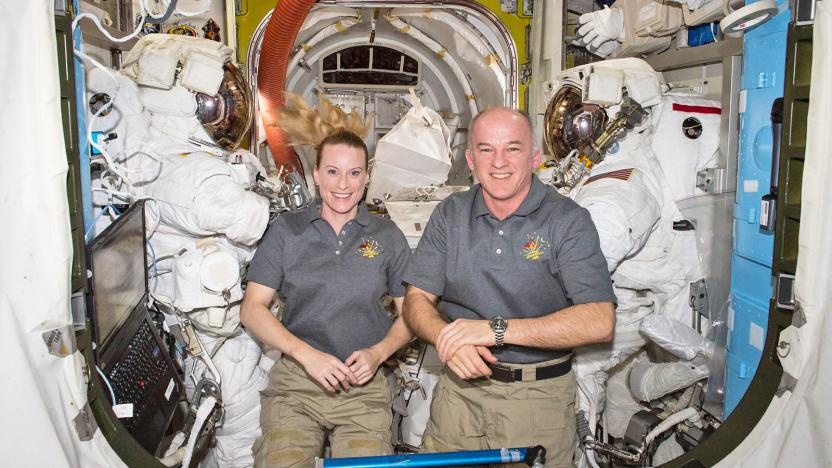
Watch astronauts install a space taxi dock on the ISS
Boeing and SpaceX are working on manned spacecraft that will send astronauts to the International Space Station as early as 2017, but before that happens, they need a place to dock. Crew aboard the space station are about to install the first of two international docking adapters that will let the taxis link up to the station. The six hour-plus mission, being livestreamed by NASA starting soon at 8:05 AM EST, will be performed by astronauts Kate Rubins and Jeff Williams, with a big mechanical assist from the Candarm2.

The ISS crew will install a parking spot for space taxis
Space taxis made by Boeing and SpaceX could carry astronauts to the ISS as soon as 2017, and NASA has begun preparing for their arrival. On Friday, astronauts Jeff Williams and Kate Rubins will do a six-and-half-hour spacewalk to install a parking spot where the taxis can dock. Previous crew members already laid out hundreds of feet of power and data cables, so the duo will be in charge of finishing the job. They'll get some help from their helper robot, the Canadarm2, which will extract the dock from the SpaceX Dragon capsule that carried it on board later today. Canadarm2 will also position the dock just a few inches away from where it's supposed to be attached.

NASA will build full-scale deep space habitats on Earth
NASA is already preparing for humanity's journey into the great unknown, and part of its efforts is developing a suitable habitat for future spacefarers. In order to create a place where people can live outside our own planet, the agency has teamed up with six private corporations to build full-scale ground prototypes of the habitats they designed. NASA has chosen those six out of all the proposals it got for the second Next Space Technologies for Exploration Partnerships. And as you can see above, Boeing is one of them.
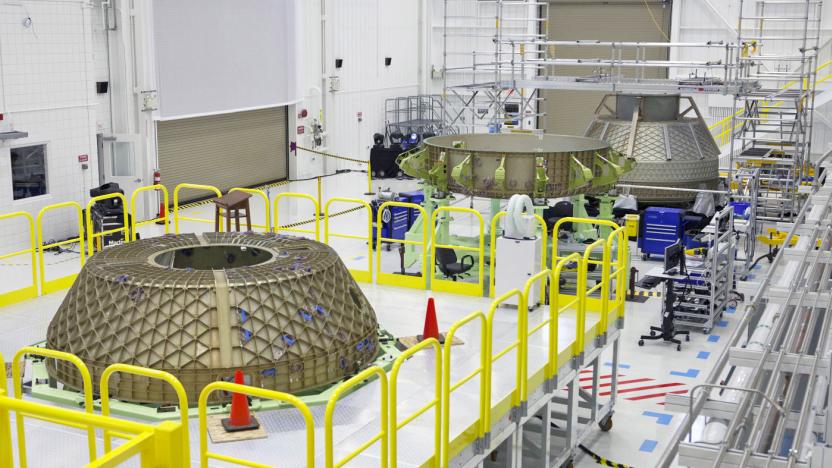
Boeing's space taxi won't be ready until 2018
Ever since the US retired the space shuttle, it's relied upon Russian rockets to get crews to and from the International Space Station. 2017 was meant to be the year that both SpaceX and Boeing restored some hometown pride, but the latter's now had to bow out. GeekWire is reporting that the aerospace firm's space taxi, the CST-100 Starliner, won't be ready for manned spaceflight until 2018. That means that not only is NASA's timetable going to have to change, but SpaceX is left as the agency's only hope. If Elon Musk can keep the Dragon's development program on schedule, then his company is virtually guaranteed to win the new space race.
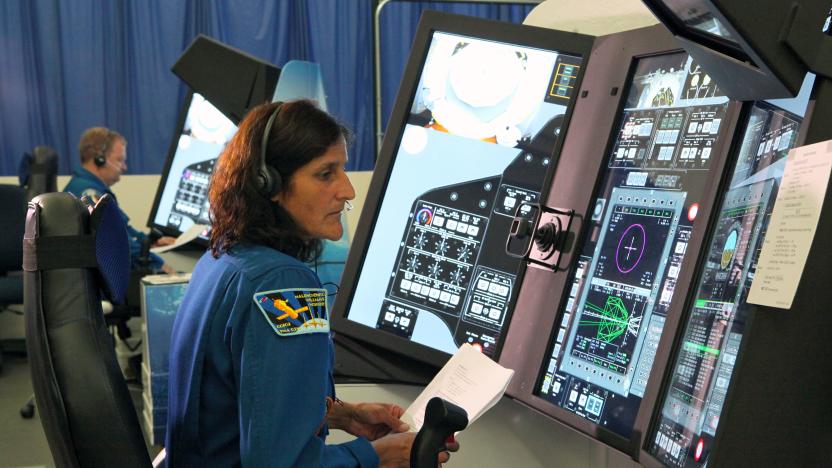
NASA gets new Dragon capsule training simulators this year
With both the SpaceX Dragon and Starliner modules just a few years from their maiden launches, NASA has already started training the crews that will operate them. To that end, NASA astronauts Suni Williams and Eric Boe recently spent some time at Boeing's St. Louis facility trying out a pair of the company's brand new part-task training simulators for the CST-100 Starliner.
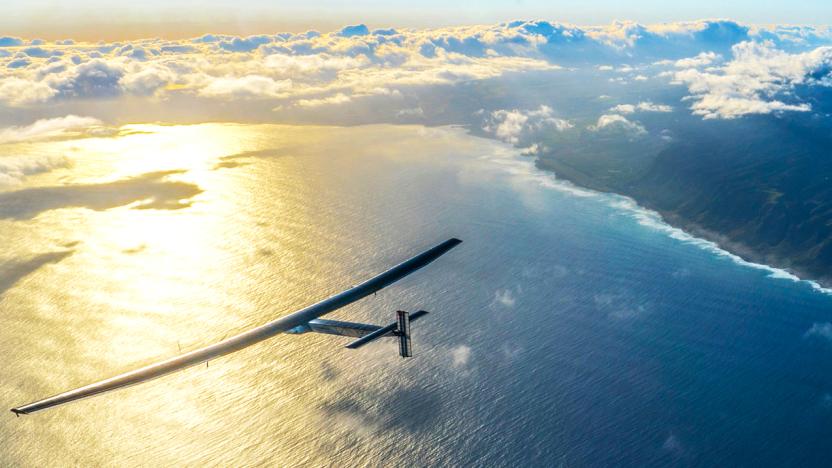
Inhabitat's Week in Green: Solar Impulse's trans-Pacific flight, and more!
The Solar Impulse airplane is on a mission to circle the globe using only the power of the sun, and this week it continued its journey by crossing the Pacific Ocean. Meanwhile, Tesla showed just how fast the Model S is by challenging a Boeing 747 to a drag race. An Italian company is turning vintage moped parts into some of the coolest electric bikes we've ever seen, and a Swedish cyclist created an all-weather bike that looks just like a car. And we've seen buses and vans turned into some pretty incredible things -- but Lee Broom's palatial gallery on wheels takes the cake.

Chinese man pleads guilty to stealing US aerospace secrets
Some two years after the United States charged Chinese national Su Bin as part of a conspiracy to steal aerospace info, he's pleaded guilty to the crime. For that he'll face a maximum sentence of five years behind bars and a $250,000 fine "or twice the gross gain or gross loss resulting from the offense;" whichever is a higher amount, according to the Department of Justice. Part of his deal entailed admitting that the data pilfered (including info from the U.S. Munitions list) was done so expressly for monetary gain.
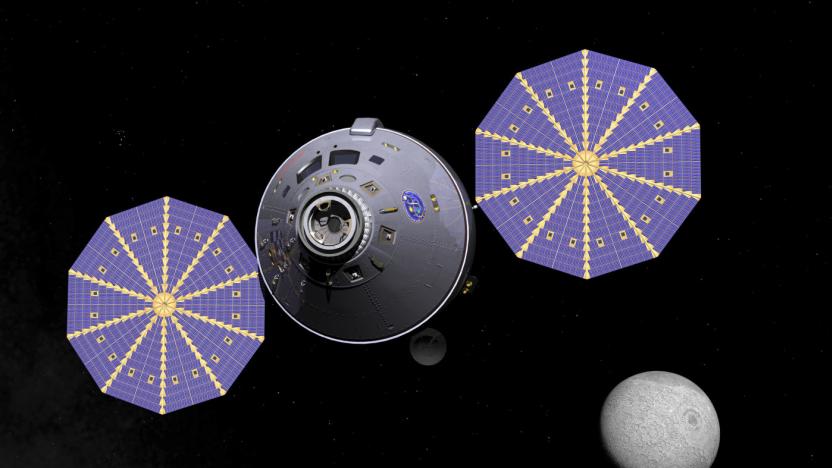
NASA picks solar power candidates for deep space missions
NASA is going to need solar power if it wants to keep its future deep space missions running, and that means getting someone to build that light-gathering technology. Fortunately, the agency has some partners lined up. It just picked four solar power technology proposals that could find their way into spacecraft traveling as far as Mars. The outfits negotiating deals are definitely ones you'll know -- ATK, Boeing, Johns Hopkins University and NASA's own Jet Propulsion Laboratory are all developing systems that collect solar energy in the unforgiving conditions beyond Earth.







